Mystery, Sci-Fi, UFO
Close Encounters – Sightings and Abductions
Close Encounters of the First Kind - CE1
Close Encounters of the Second Kind - CE2
Close Encounters of the Third Kind - CE2
In continuing to look at events that have shaped my science fiction writing, today I’m looking at a scale that has been devised to rate the encounter of an Alien experience. In the early stages of modern UFO research and investigation, terms like sightings and abductions were used. There was no common method to refer to what happened. Each incident used the terminology of the investigators and the reporters. This caused confusion and made some events seem more than what they were, others were made to sound far less than what they actually were. It became clear that a unified system was needed and, in 1972, former Project Blue Book leader J. Allen Hynek devised the system still used today.
Hynek, (May 1st, 1910-April 27th, 1986) was an astronomer and professor before skeptically taking a project investigation Aliens encounters and UFOs for the United States Air Force. Starting in 1935 with a Ph.D. in astrophysics at Yerkes Observatory, Hynek joined the Department of Physics and Astronomy at Ohio State University, specializing in the study of stellar evolution. During WWII, Hynek was a civilian scientist at the Johns Hopkins Applied Physics Laboratory and after the war, returned to Ohio State, becoming a full professor in 1950.
In 1948, the United States Air Force established Project Sign to examine sightings of unidentified flying objects. Hynek was contacted to act as a scientific consultant to Project Sign to decided if the phenomena were known astronomical objects or something else. In 1948, Hynek said ‘the whole subject seems utterly ridiculous and a fad that would soon pass.’ Hynek stayed on with Project Sign when it became Project Grunge, then Project Blue Book.
However, In April 1953, Hynek wrote a report for the Journal of the Optical Society of America titled “Unusual Aerial Phenomena,” which contained one of his best-known statements: ‘Ridicule is not part of the scientific method, and people should not be taught that it is. The steady flow of reports, often made in concert by reliable observers, raises questions of scientific obligation and responsibility. Is there … any residue that is worthy of scientific attention? Or, if there isn’t, does not an obligation exist to say so to the public—not in words of open ridicule but seriously, to keep faith with the trust the public places in science and scientists?’
Throughout his career, Hynek went from skeptical investigator to openly disagreeing with the government’s assessments of the incidents they were investigating. In 1972, Hynek published his first book, The UFO Experience: A Scientific Inquiry. It was in this book that Hynek laid out the stages of close encounters. Other stages have been added but not as widely accepted due to the lack of scientific rigor that Hynek brought to the study of ufology.
The first three base classifications are Nocturnal Lights, which is seeing lights in the night sky that don’t behave like normal planetary aircraft; Daylight Discs, which are discoidal or oval shaped discs seen in the daytime; and Radar-Visual, which is a UFO report that has radar confirmation.
Close Encounters of the First Kind
Close encounters of the first kind, CE1, is a visual sighting of an unidentified flying object, seemingly less that 500 feet away, that show an appreciable angular extension and considerable detail.
Close Encounters of the Second Kind
Close encounters of the second kind, CE2, is an event where physical effects have been noted. This includes a wide range of items, including but not limited to, scorched ground, chemical traces, impressions in the ground, animal reactions, and interference in the functioning of electronic devices.
Close Encounters of the Third Kind
Close encounters of the third kind, CE3, are UFO encounters where creatures are present. Anything from humanoids, robots, or living entities that appear to be occupants of pilots of the craft.
These three main categories formed the basis of the classification system for UFO research. Hynek himself even acted as consultant and had a brief, on-screen role, in the Steven Spielberg movie, Close Encounters of the Third Kind. The film helped bring the classification system into the mainstream awareness.
Various other researchers and scientists have attempted to expand upon the original system, adding more classes and various sub-classes, but the main classes are the ones that are still used and accepted today. The most agreed upon extensions of the scale add four more levels.
A close encounter of the fourth kind is abduction. Some argue that CE4 should also include cases with transformations of reality, such as missing time and induced dream states. A close encounter of the fifth kind involves direct communication between humans and Aliens. A close encounter of the sixth kind is death of a human or animal by a non-Earth entity. A close encounter of the seventh kind is the creation of an alien/human hybrid, by natural reproduction or artificial methods.
It’s interesting to look at the different opinions on the scale. UFO researchers will debate over where a particular event should be classified or what other events should be included on the scale. Some add the Bloecher Subtypes for Hynek’s scale, others consider Hynek’s original scale the only valid rating system. Some people will argue that the entire scale is unscientific fiction while others argue that if the government sanctioned a system to classify an event, they must believe that the event is true.
In any case, the Hynek system is still the most widely used and known system for classifying UFO and Alien events. It’s been used and copied since its creation in science fiction and will continue to be relied upon in the future. For observers, it makes classifying the unknown events in our world easy and understandable, even if the events themselves are things we cannot yet comprehend. If you are intrigued by the Hynek scale and want to see more science fiction playing out in the real world, head over to my website, www.leifericksonwriting.com and buy my science fiction books today. Thanks.
Hynek, Allen J. (1998) [First published 1972]. The UFO Experience: A Scientific Inquiry. Da Capo Press. ISBN 978-1-56924-782-2.
Clark, Jerome (1998). The UFO Book. Detroit: Visible Ink Press.
Hendry, Allan (August 1979). The UFO Handbook: A Guide to Investigating, Evaluating and Reporting UFO Sightings. Doubleday. ISBN 978-0-385-14348-6.
- Allen Hynek (1972). The UFO Experience: A scientific inquiry. Henry Regnery Company. ISBN 0-8094-8054-9.
Daugherty, Greg. “Meet J. Allen Hynek, the Astronomer Who First Classified UFO ‘Close Encounters'”. HISTORY.
About Leif J. Erickson
Leif J. Erickson is a science fiction and fantasy author from a small farming community in west central Minnesota. Using his time wisely when he was a farmer, Leif developed many ideas, characters, and storylines to create over fifty unique first drafts and outlines for stories. From his start in a small town school, to college at North Dakota State University, back to his family farm, then to the bright lights of Minneapolis, Minnesota, and back to his small farming town, Leif has always had a love of writing.
When Leif isn’t writing he can be found with his wife hiking in state parks, canoeing local lakes and rivers, exploring local and regional ghost towns, experiencing museums, or simply reading or hanging out with friends and family. Leif draws on the local nature and ecology to find inspiration for his writing while he also asks what’s possible for technology and the human race, weaving them together for amazing stories that will stay with the reader for years to come. Leif looks forward to having many novel and story releases in the years to come.
You can see all of Leif’s Books here: Leif’s Amazon Author Page

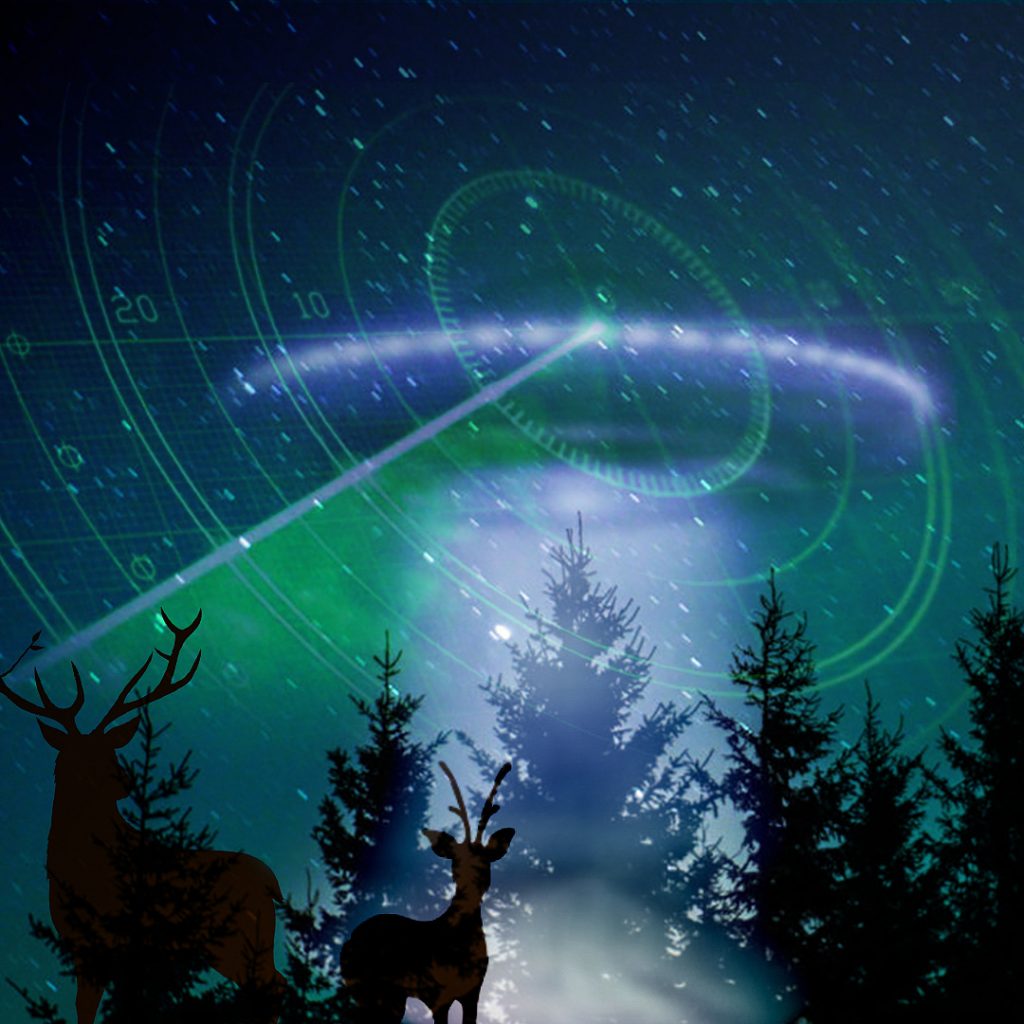


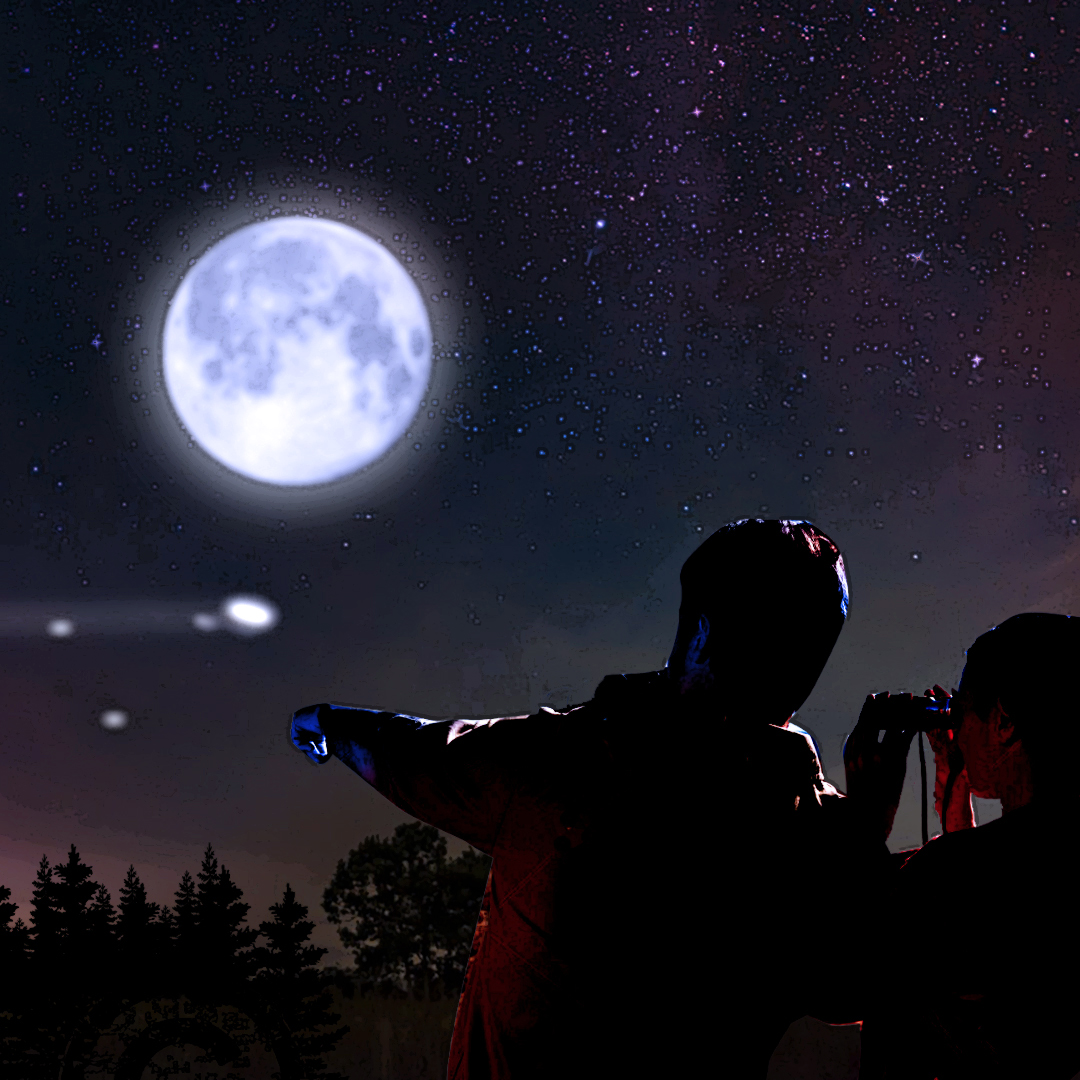
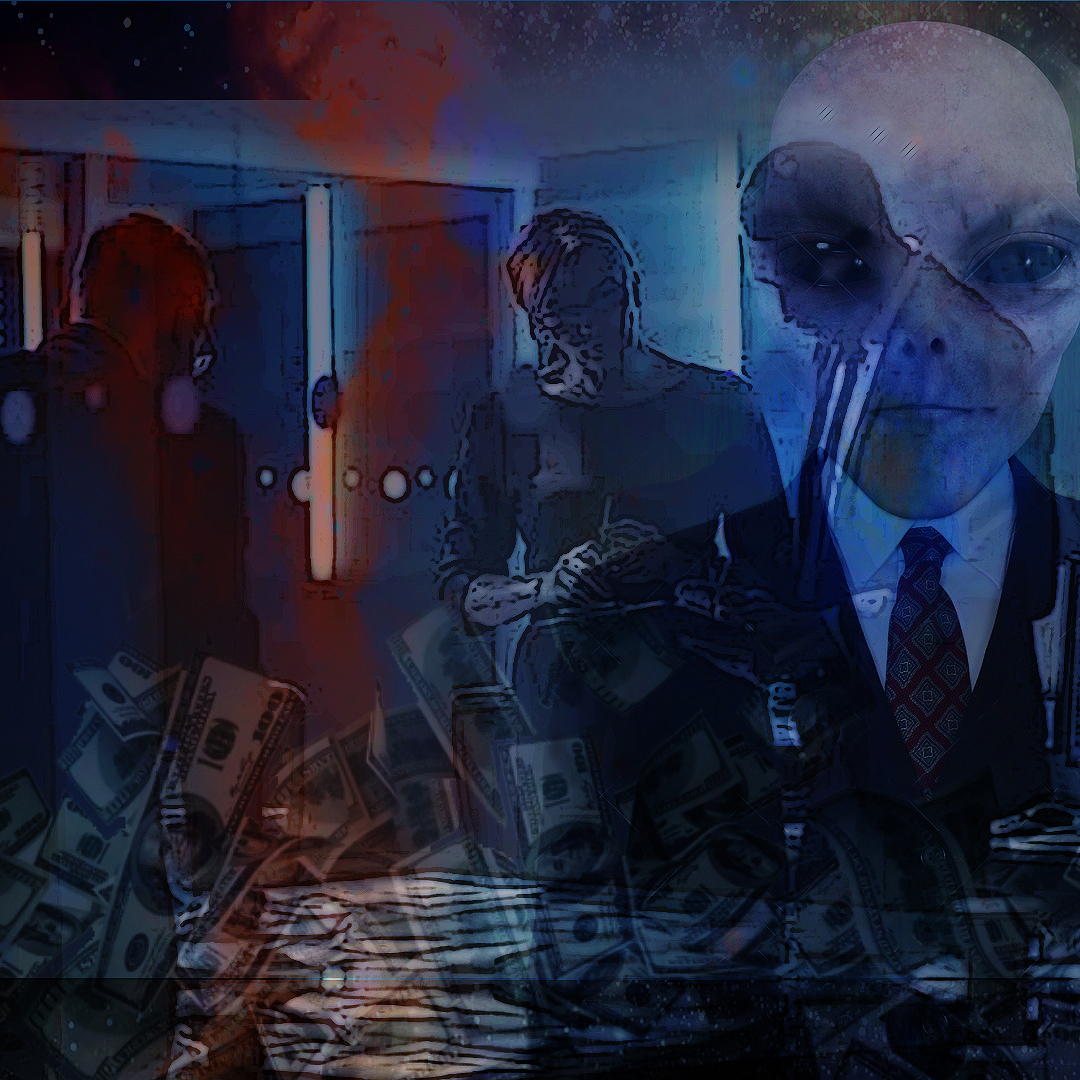


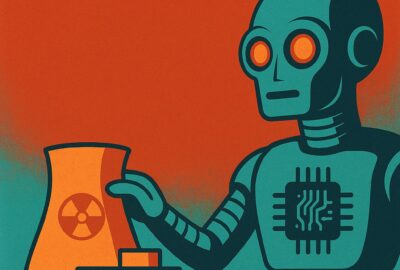



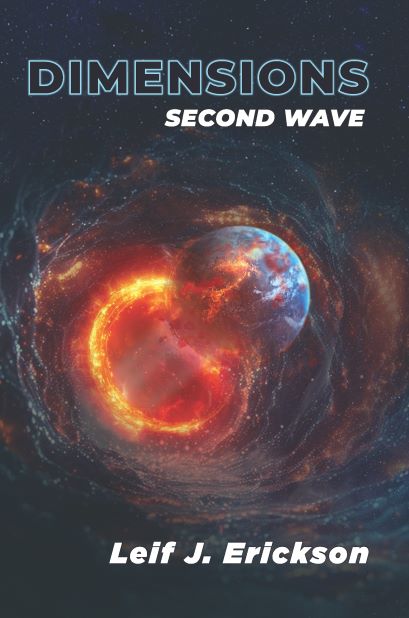
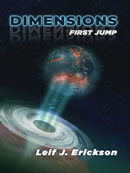
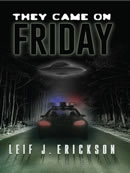

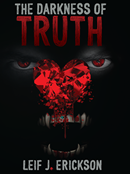
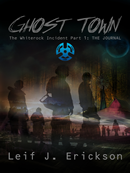
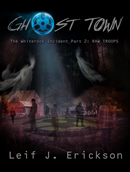

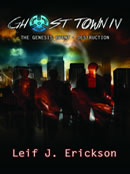

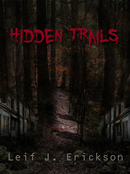
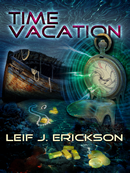





Leave a reply
You must be logged in to post a comment.